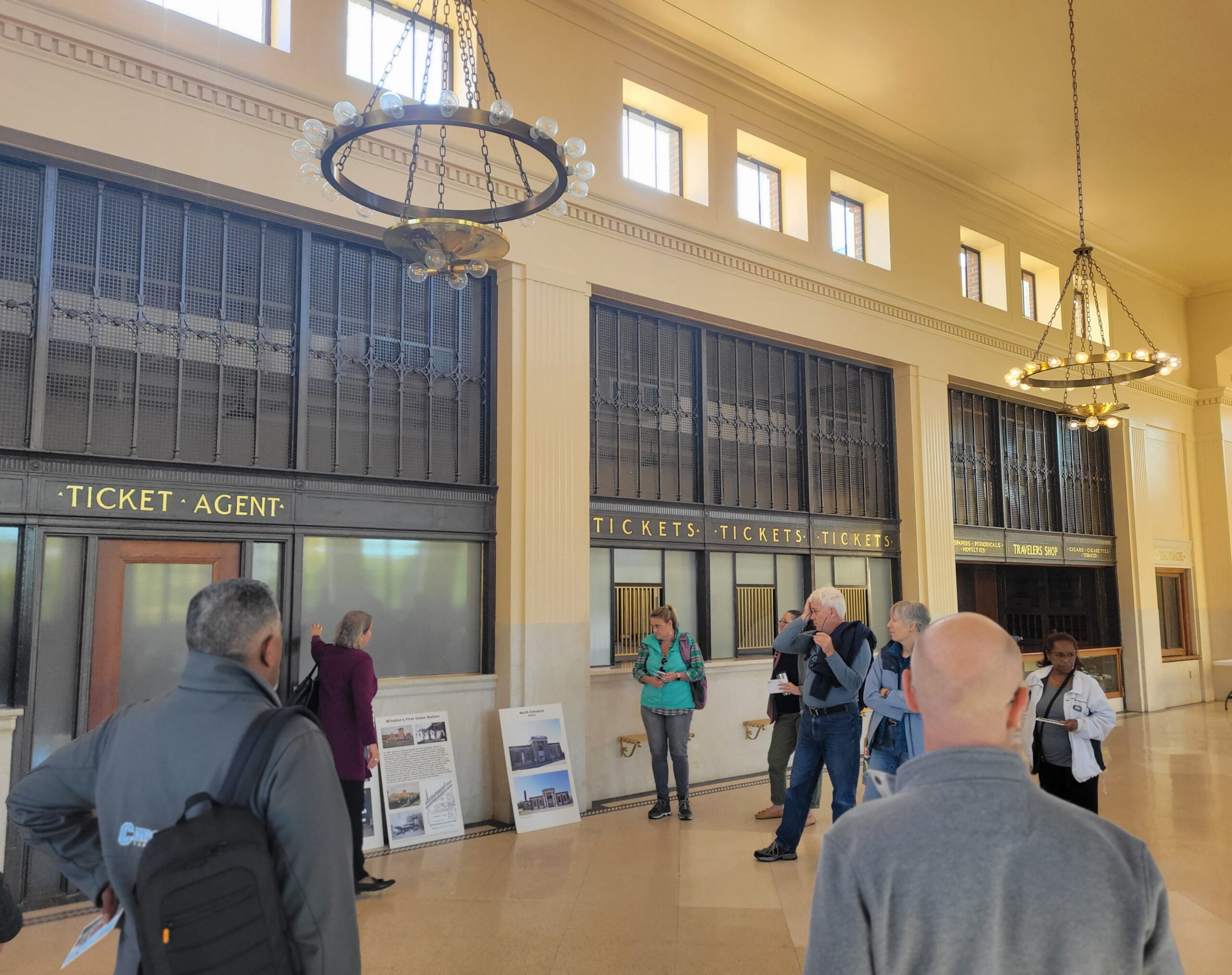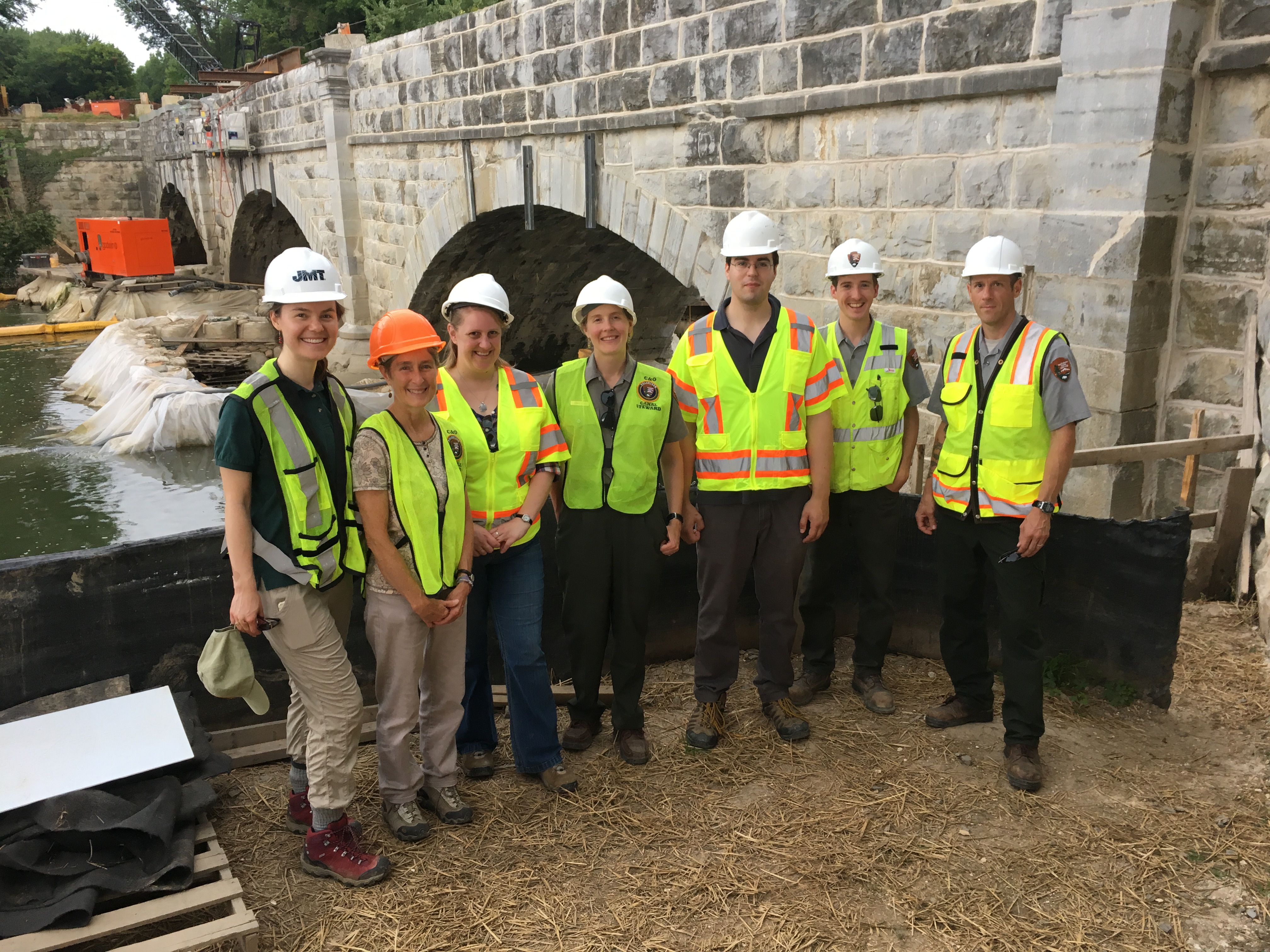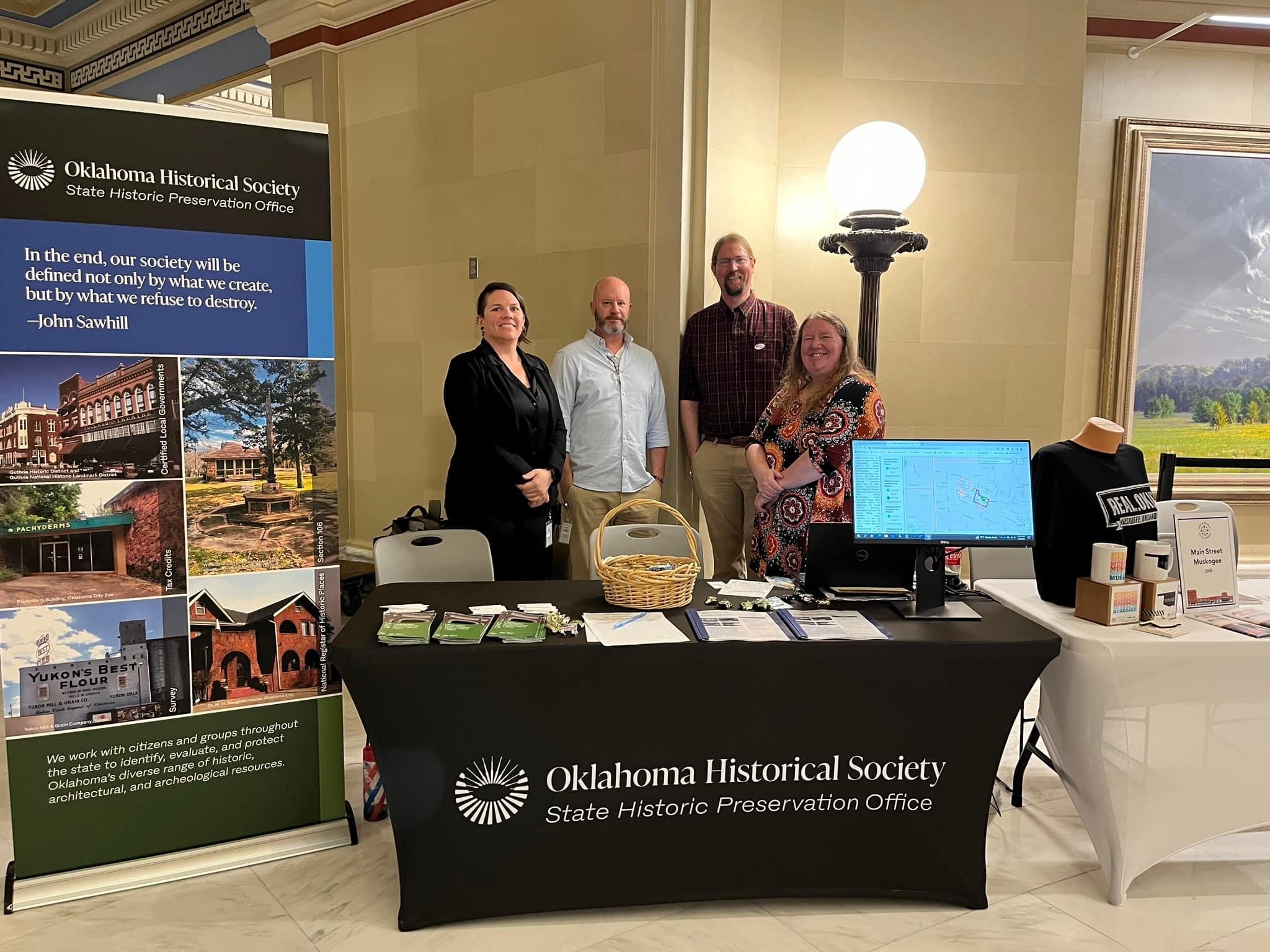
We help save the
places that matter
Whether it is guiding citizens through the process of listing important historic resources or neighborhoods on the National Register of Historic Places, or considering the impact of large renewable energy projects on historic landscapes or archeological sites, your State Historic Preservation Officer (SHPO) is your partner in preservation.

Know your SHPO
Your State Historic Preservation Officer (SHPO) is the appointed official in each of the 50 U.S. states, 5 U.S. territories, 3 freely associated states, and the District of Columbia.
Whether it is guiding citizens through the process of listing important historic resources in the National Register of Historic Places, or considering the impact of large renewable energy projects on historic landscapes or archeological sites, your SHPO is your partner in preservation.
Federal Preservation Project Review – Section 106
After the widespread destruction of historic neighborhoods and places in the 1950’s and 1960’s, the National Historic Preservation Act of 1966 guaranteed that the federal government would consider the impact of federally funded or permitted projects on our nation’s historic resources. Section 106 of the Act established a consultation process to assure adequate public involvement.


The Historic Preservation Fund
In order provide the resources to SHPOs to implement the federal requirements of the National Historic Preservation Act, Congress established the Historic Preservation Fund (HPF). Since its creation, it has come to also fund Tribal Historic Preservation Officers (THPOs), as well as competitive grant programs for preservation.
Upcoming Events
The NCSHPO calendar seeks to track events, consultations, webinars, trainings, and comment deadlines of interest to State Historic Preservation Office staff. To notify us of an upcoming event, contact us.
Resources
Federal Historic Preservation Program
After World War II, with a rapidly growing population, a lack of modern infrastructure, and a need for housing, the United States began to make major investments in highways, urban renewal, and public works. With such great need and a desire for something “new,” the public largely supported major investments and the establishment of federal programs to deliver affordable housing, interstate highways, dams, and more.
National Register of Historic Places
Many people have heard the phrase “listed on the National Register of Historic Places.” But what does it mean? How does this happen? The National Historic Preservation Act of 1966 authorized the Secretary of the Interior to maintain a list of resources important to our nation’s history. Historic places can be individual sites, or they can be made up of a number of resources – such as a historic district. Places of particular importance can further be designated as National Historic Landmarks.
Reports and Studies
Historic Preservation Fund; Economics of Historic Preservation; Historic Tax Credits; Federal Historic Preservation Program.
Tools for Preservation
The best place to find more information about historic preservation in your state including funding, research, laws, project review, listing on the National Register or your State Register (if applicable), is through your State Historic Preservation Officer.